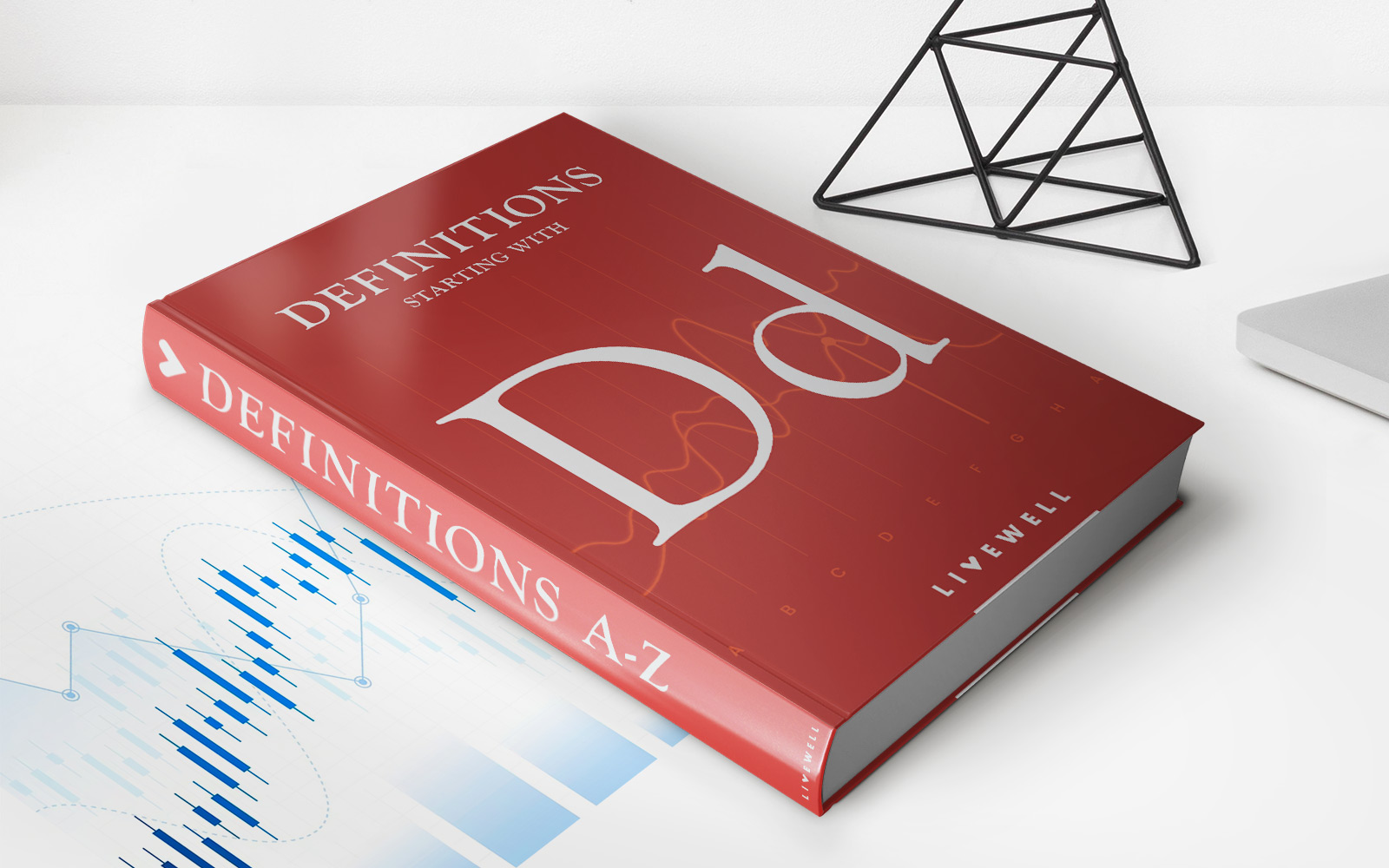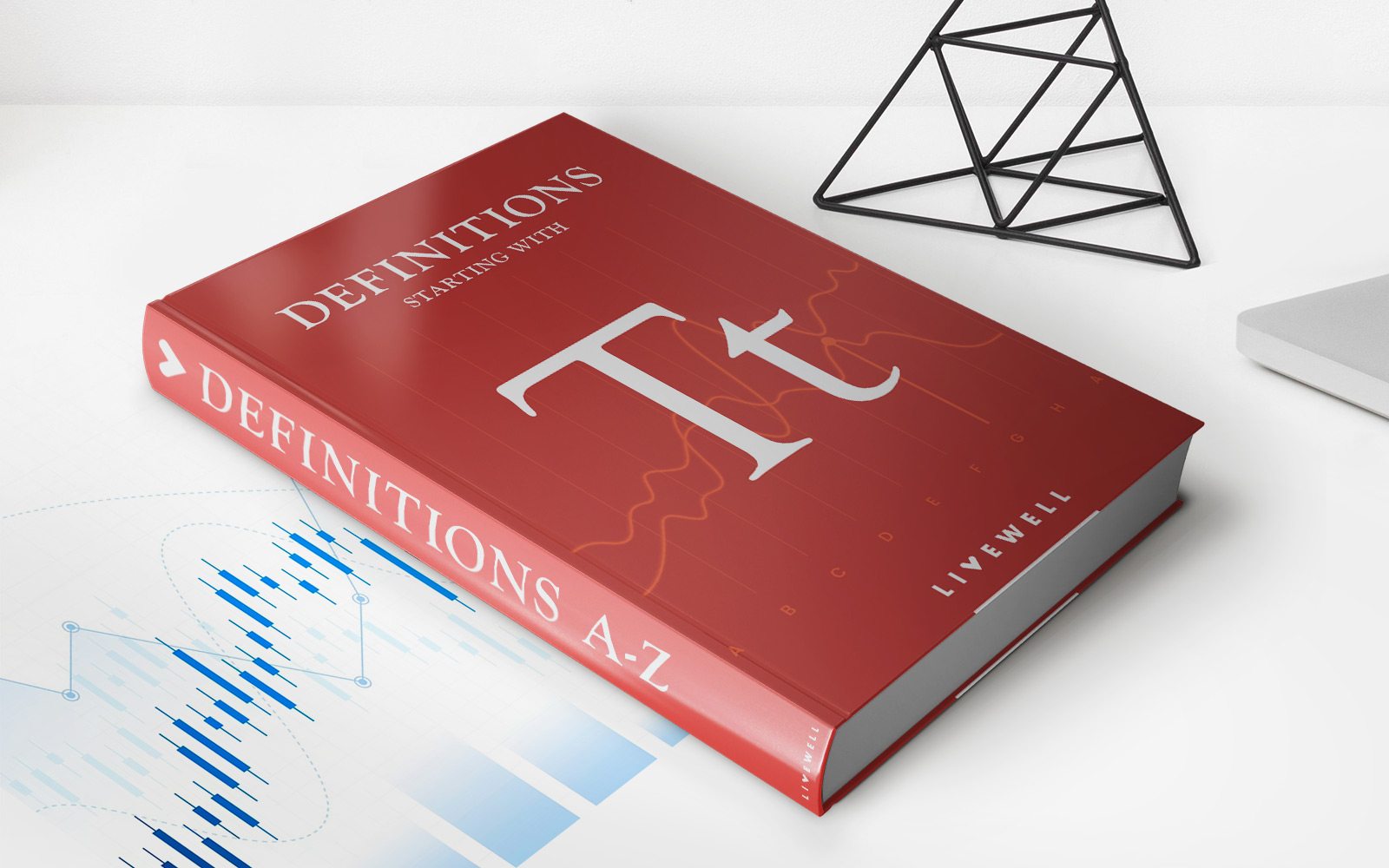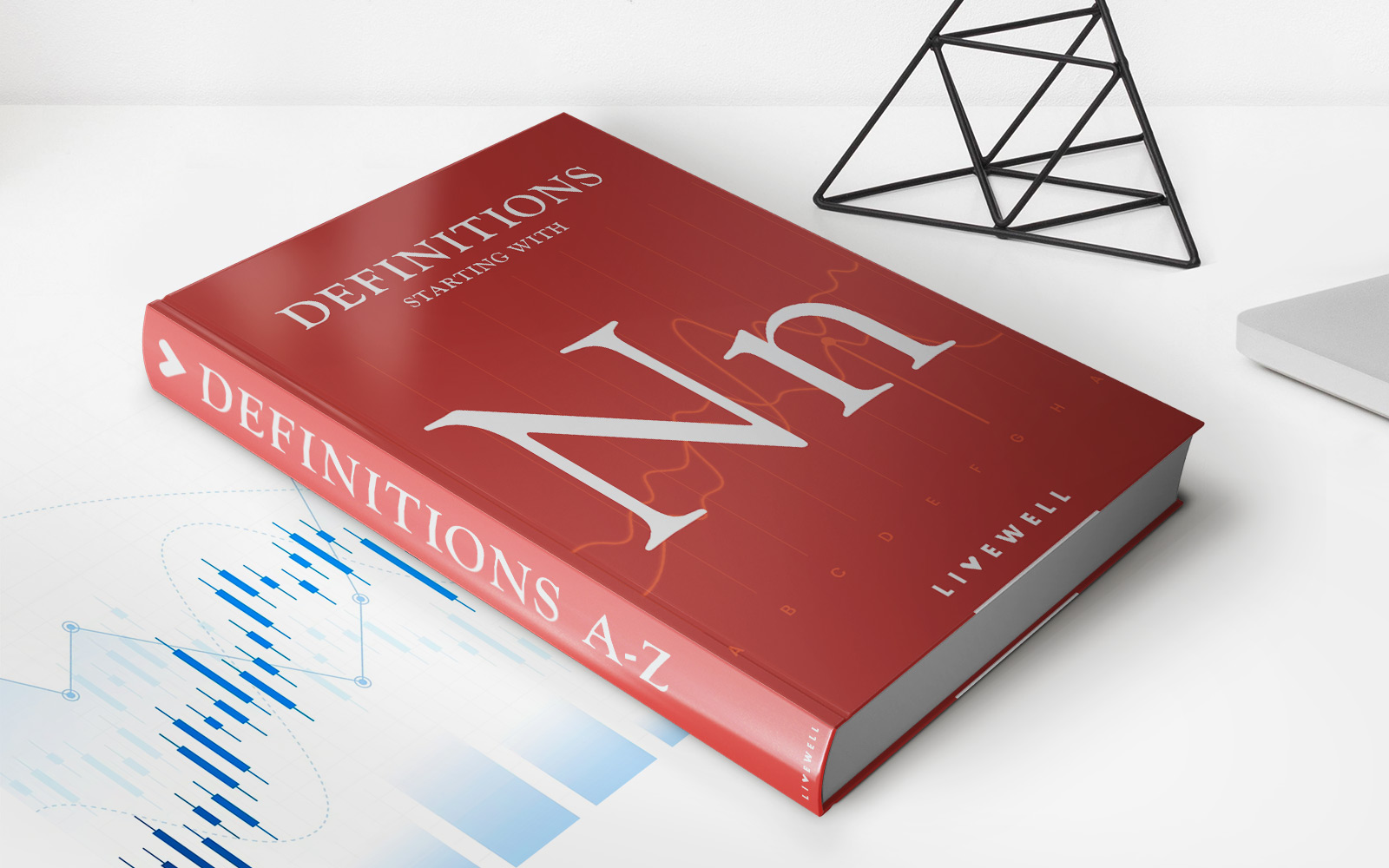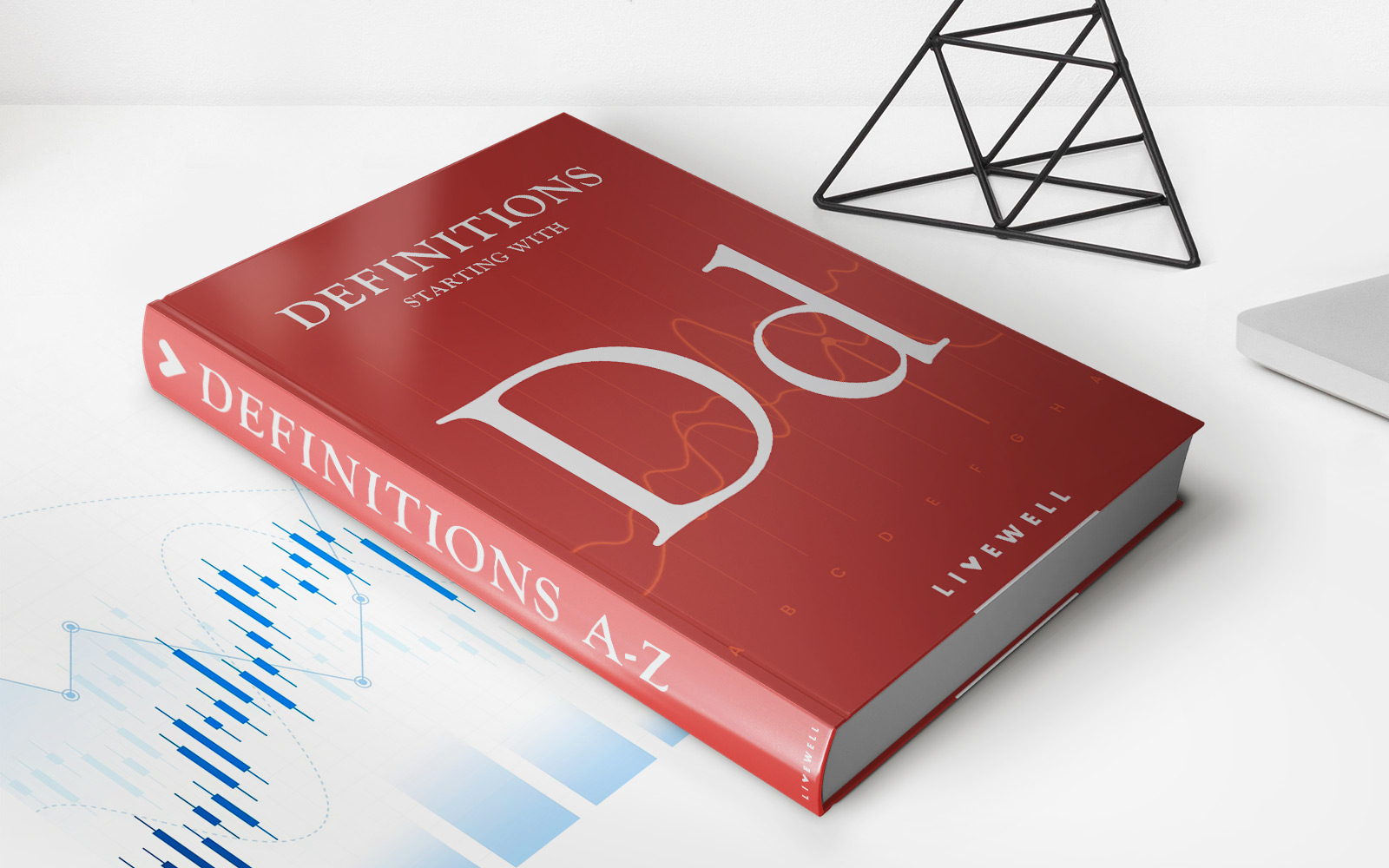Home>Finance>Deposit Multiplier: Definition, How It Works, And Calculation


Finance
Deposit Multiplier: Definition, How It Works, And Calculation
Published: November 10, 2023
Discover the definition, workings, and calculation of the deposit multiplier in finance. Uncover the secrets behind the multiplier effect in banking and its impact on the economy.
(Many of the links in this article redirect to a specific reviewed product. Your purchase of these products through affiliate links helps to generate commission for LiveWell, at no extra cost. Learn more)
Deposit Multiplier: Definition, How It Works, and Calculation
Welcome to our “Finance” blog category! In this article, we are going to dive into the fascinating world of deposit multipliers. Have you ever wondered how your bank turns your deposit into more money? Or how financial institutions create a ripple effect in the economy? Well, you’re in the right place! We’ll cover all that and more, so keep reading to become an expert on deposit multipliers.
Key Takeaways:
- A deposit multiplier is a financial concept that explains how banks create additional money through the lending process.
- Deposits made by individuals and businesses serve as the initial base for creating new loans and expanding the money supply.
What is a Deposit Multiplier?
Put simply, a deposit multiplier is a measure of how much money a bank can create from its customers’ deposits. When you deposit money into a bank, that amount doesn’t just sit there idle. Banks have the power to use your deposit as a foundation for creating loans and expanding the money supply. This process is known as the deposit multiplier or the money multiplier effect.
The deposit multiplier is based on the principle that not all deposited money remains idle within the bank’s reserves. In fact, through fractional reserve banking, banks only need to keep a fraction of customers’ deposits in reserve, while the rest can be used for lending and generating interest. By lending out the majority of the deposited funds, banks effectively increase the overall money supply available in the economy.
How Does a Deposit Multiplier Work?
Now that we understand the concept, let’s take a closer look at how a deposit multiplier works in practice:
- When a customer deposits money into a bank, let’s say $1,000, the bank is required to maintain a reserve ratio set by the central bank. For instance, if the reserve requirement is 10%, the bank needs to keep $100 as reserves and can lend out the remaining $900.
- The $900 that is lent out doesn’t end up as cash in someone else’s hands. Instead, it usually becomes a deposit in another bank.
- That bank must also hold reserves based on its reserve requirement and can lend out the remainder.
- This process continues as long as each bank maintains its reserve requirement. Each time a new loan is created, more deposits are generated.
As more loans are made and funds are circulated, the original $1,000 deposit eventually multiplies into a much larger amount within the banking system. The amount of money created from the initial deposit depends on the reserve requirement set by the central bank and the overall lending and repayment activities across the banking sector.
How to Calculate the Deposit Multiplier?
The deposit multiplier can be calculated using a simple formula:
Deposit Multiplier = 1 / Reserve Ratio
For example, if the reserve ratio is 10%, the deposit multiplier would be:
Deposit Multiplier = 1 / 0.10 = 10
This means that every $1 deposited in the banking system with a reserve ratio of 10% can generate up to $10 of new money through the deposit multiplier effect.
In Summary
The deposit multiplier is a crucial concept that helps us understand how banks create money and stimulate economic growth through lending activities. Here are the key takeaways:
- A deposit multiplier allows banks to generate additional money from customers’ deposits through lending.
- Deposits serve as the initial base for creating new loans and expanding the overall money supply.
- The calculation of a deposit multiplier involves determining the reciprocal of the reserve ratio to determine how much new money can be created from a deposit.
By grasping the concept of the deposit multiplier, you have gained valuable insights into the mechanics of banking and its impact on the economy. We hope this article has helped demystify this financial concept for you. Stay tuned for more informative articles on finance and other intriguing topics!














